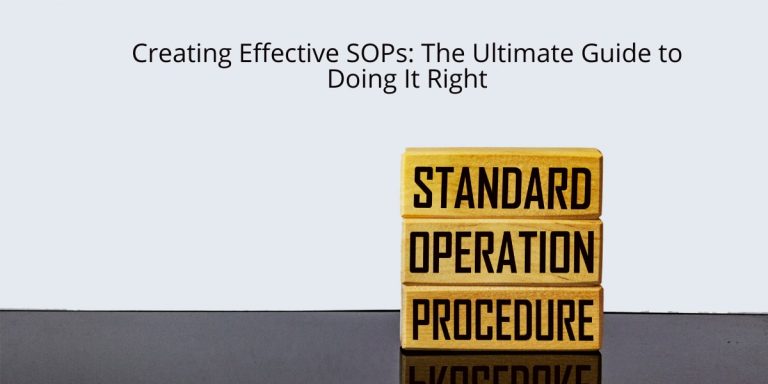The Importance of Analyzing Complaint Petitions in Audit Investigations
Audit investigations play a crucial role in ensuring accountability and adherence to established rules and procedures. A critical component of any audit investigation is the analysis of complaint petitions, as these documents often serve as the starting point for uncovering irregularities, violations, or misconduct. This article explores the importance of analyzing complaint petitions in audit investigations, emphasizing the integration of essential keywords to guide the discussion.
1. Understanding Complaint Petitions in an Audit Investigation
Complaint petitions are formal documents submitted by an individual or entity (the petitioner) to raise concerns or report violations. These petitions provide the basis for initiating an audit investigation and may involve allegations against a person, firm, or organization.
A well-analyzed complaint petition can:
- Identify the scope of the issue.
- Highlight specific sections of rules or laws violated.
- Assist in determining the parties responsible for the violation.
- Lay the groundwork for subsequent proceedings.
2. Key Elements of a Complaint Petition
An effective analysis of a complaint petition involves examining key elements, including:
- Board Authority: Determining if the board responsible for oversight has jurisdiction.
- Rules Referenced: Identifying relevant rules cited in the petition.
- Hearing Details: Noting if the petition requests a formal hearing.
- Section References: Checking specific sections of the law or regulations mentioned.
- Officer Roles: Reviewing actions or omissions by officers involved.
- Act Violations: Identifying any violations pursuant to governing acts or legislation.
3. Why Analyze Complaint Petitions?
a. Ensuring Accuracy and Relevance
Proper analysis ensures that the complaint aligns with the board’s mandate and that all allegations are valid under applicable rules and statutes.
b. Assessing Evidence and Supporting Documents
Analyzing attached documents and evidence helps auditors verify the authenticity of claims, thereby strengthening the audit investigation.
c. Identifying Gaps and Misalignments
A thorough review identifies gaps in the petition, such as missing information, misinterpretations of rules, or irrelevant claims, allowing for clarification before the proceedings.
4. Steps in Analyzing Complaint Petitions
Step 1: Initial Review of the Petition
The auditor or assigned officer examines the petition to verify compliance with filing requirements. Key considerations include:
- Filing date and deadlines.
- Proper notice and acknowledgment of receipt.
Step 2: Verification of Claims
Auditors assess whether claims made in the petition adhere to statutory sections or rules.
Step 3: Gathering Supporting Evidence
Request for additional documents, such as financial records, legal contracts, or correspondence, to validate claims. Evidence must be cross-checked with publicly available information.
Step 4: Assessment of Parties Involved
Identify the person, firm, or organization responsible. Determine whether their actions violated any provisions of the act.
Step 5: Decision on Proceedings
Based on the analysis, auditors decide whether to initiate proceedings, request further hearing, or dismiss the case.
5. The Role of Regulations and Governing Bodies
Complaint petitions often invoke specific rules, acts, and sections under regulatory frameworks. Regulatory bodies like the Federal Trade Commission (FTC) , ICPC – Independent Corrupt Practices Commission or other relevant commissions ensure that:
- Petitions are filed in line with statutory requirements.
- Hearing procedures and motions are properly conducted.
- Violations are met with appropriate sanctions.
6. Common Challenges in Analyzing Complaint Petitions
a. Incomplete Filings
Some petitions lack essential documents or information, requiring multiple requests for clarification.
b. Legal Ambiguities
Complex rules or overlapping jurisdictions can hinder decision-making.
c. Time Constraints
Limited time for analysis may result in oversight of critical evidence or statements.
7. Recommendations for Effective Petition Analysis
a. Training for Auditors
Auditors should undergo periodic training on rules, regulatory updates, and complaint handling procedures.
b. Digital Tools for Document Review
Leverage technology for efficient analysis of large volumes of documents, such as automated categorization and keyword search.
c. Collaboration with Legal Experts
Involve legal officers or lawyers to address legal complexities and ensure compliance.
8. Real-World Example: Handling Financial Misconduct Complaints
In a recent audit investigation by a registered firm, a complaint petition alleged financial irregularities by a company’s executive. The firm analyzed:
- Financial records provided.
- Public information about the company.
- Testimonies from key persons.
This analysis revealed discrepancies in accounting practices, leading to disciplinary action pursuant to governing rules.
9. Conclusion
The analysis of complaint petitions is a cornerstone of effective audit investigations. It ensures that claims are substantiated, aligns actions with legal frameworks, and upholds accountability. By adhering to established rules, leveraging documents, and engaging in thorough review, auditors can ensure fairness, transparency, and compliance.
Hashtags
#AuditInvestigation #ComplaintAnalysis #Governance #AuditCompliance #Transparency

